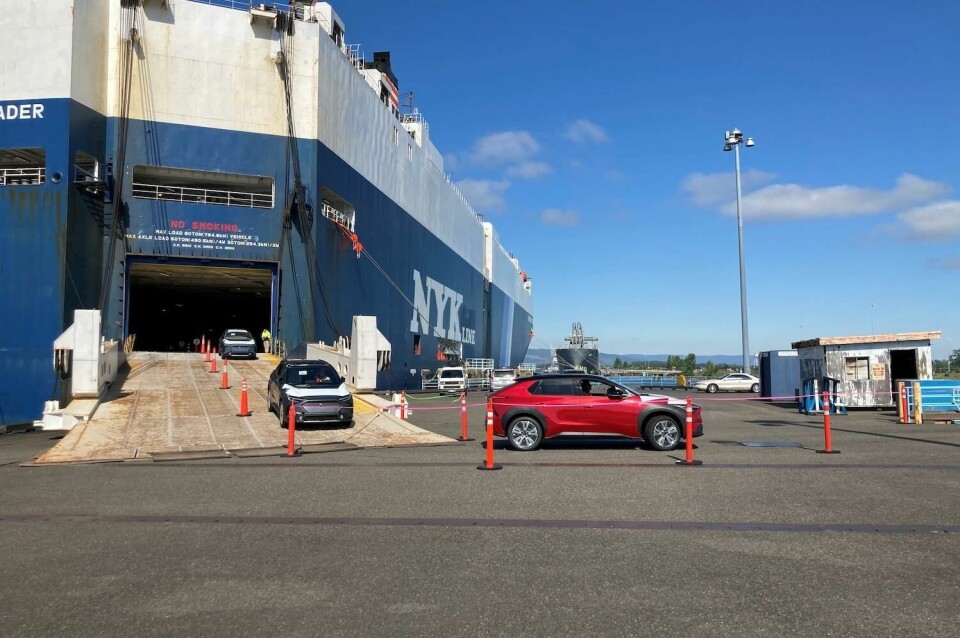Record month for Subaru imports through the Port of Vancouver USA
The Port of Vancouver USA moved a record-breaking amount of Subarus in October this year, with more than 13,500 Japanese imports processed. Those imports included Crosstreks, Foresters, all-electric Solterras amongst other models.

Subaru leases 16 hectares at the port and has been importing vehicles there for more than 30 years. Last year the Subaru imported 82,000 vehicles through the port.
Subaru has a goal of selling 630,000 new vehicles in the US this year, building on sales of more than 467,000 by the end of September. The carmaker is shifting 675,000 units in annual volume currently, with a relatively even split between imports and vehicles produced in the US. Around 337,000 are imports and 338,000 are produced domestically at the carmaker’s plant in Lafayette, Indiana, run by Subaru of Indiana Automotive.
Multimodal port
Once unloaded by the Port of Vancouver USA, finished vehicle logistics provider Auto Warehousing provides accessorisation services, including installation of sideview mirrors and trailer hitchers, and prepares them for transport by road and rail to dealers across the US. United Road Services, which has a facility at the port, transports vehicles by truck to dealers throughout the Pacific Northwest.
The Port of Vancouver USA has accelerated rail throughput since the completion of a $250m project and both BNSF and Union Pacific call directly at the port. Subaru has an almost 50/50 split across rail and road shipping in the US, with 52% of vehicles shipped by rail and 48% by truck.
“This record-breaking month solidifies the Port of Vancouver USA’s position as the largest gateway in North America for Subaru vehicles,” said Julianna Marler, port CEO. “From the hundreds of local jobs supported by the transport and accessorising of vehicles, to the dollars that are reinvested in Vancouver and the surrounding economy from this activity, Subaru continues to be a valuable partner to the port and our entire region.”
Balanced distribution
Subaru is working to balance logistics and distribution network design under the leadership of Lisa Kline, who moved to her new role as vice-president of vehicle planning and logistics in April this year. Kline said that the carmaker had managed to avoid some of the bigger disruptions to car distribution seen in recent years because of strong, long-standing relationships with its suppliers and logistics providers. In a recent interview she told Automotive Logisticsthat Subaru’s logistics partners had been highly responsive where needed, providing support when business conditions required them to “pivot or evolve”.
That includes rail providers, who remain “steadfast in their service levels” to Subaru, according to Kline.
In August, Subaru expanded its partnership with supply chain management solutions provider Kinaxis to improve its demand forecasting, optimise inventory and increase operational efficiency. The cloud-based platform combines artificial intelligence with human intelligence, helping monitor risks and opportunities within the supply chain.





